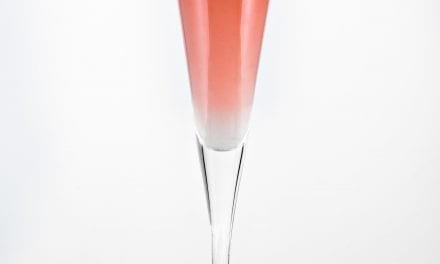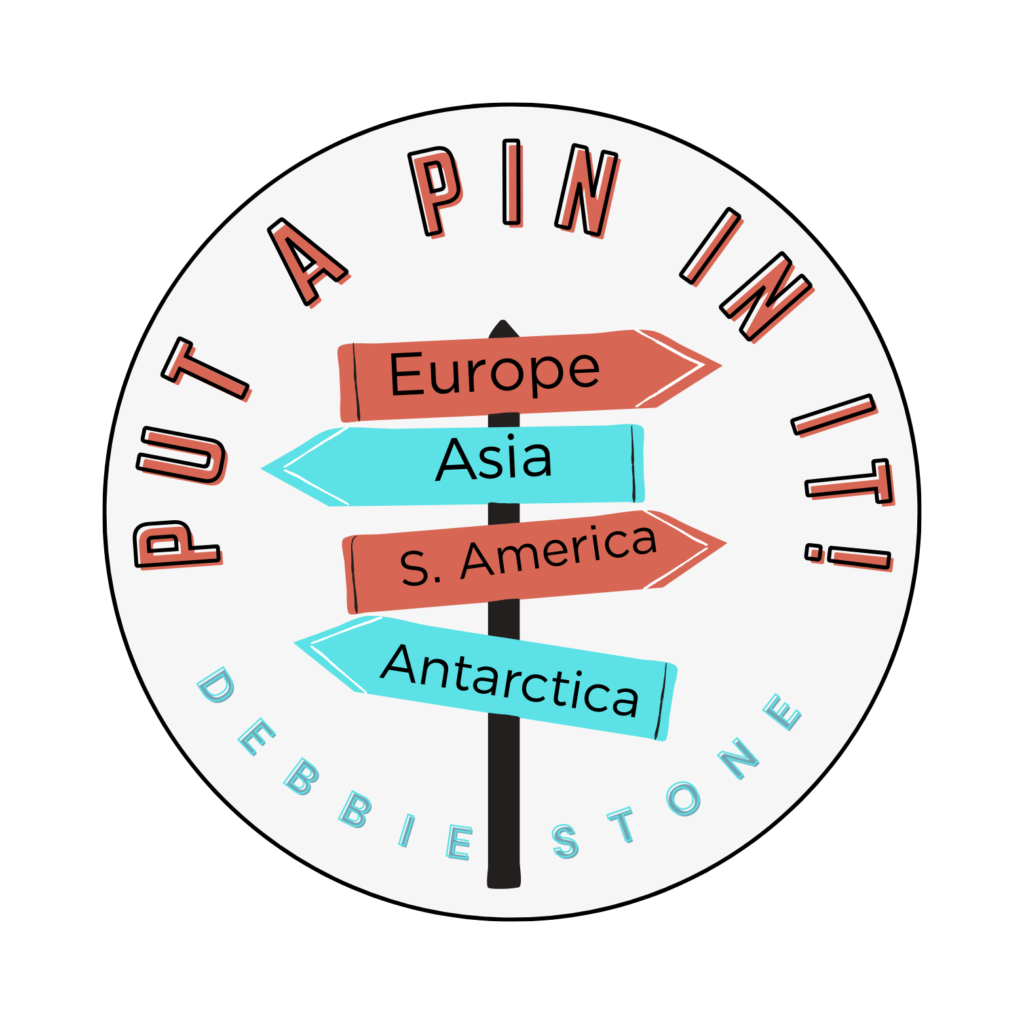By Mark Spivak
In the middle of the 19th century, the Italian province of Turin was the epicenter of the cocktail culture. It was San Francisco and Manhattan, Los Angeles and London rolled into one. Local bars and cafes were gathering spots for everyone who wanted to foment a revolution or simply banter with their friends and neighbors. Those bars and cafes were also the headquarters for the cutting-edge mixologists of their time, men who were vying with each other to create the latest beverage sensation.
It was in Turin in 1860 that Gaspare Campari concocted his famous blend of 60 herbs, spices, barks and fruit peels into a mixture of alcohol and distilled water. Campari’s invention became world-famous due to aggressive and sexy marketing, but it fit into a strong tradition of drinking bitters that is still popular in modern Italy. It also succeeded because it represented a backlash against the sweetness of many other libations—most notably vermouth.
By 1860, vermouth had been around for over a century. In 1757 the Cinzano brothers developed their famous red version from a secret recipe of 35 “aromatic plants from the Italian Alps.” The concoction became popular with the ladies, who preferred its sweet taste to the coarse red wine of the period. Despite the Cinzanos, the invention of vermouth is generally credited to Antonio Benedetto Carpano, who coined the term in 1786 after adding herbs and spices to wine. Carpano has survived to this day, both in its original 1786 recipe (Carpano Antica formula) and Punt e Mes, a stronger version created in 1870.
Three years after Gaspare Campari devised his glistening red potion, a trio of men came together in a village outside Turin. Alessandro Martini was a businessman and Luigi Rossi was a winemaker and liqueur manufacturer; they were joined by their accountant, Teofilo Sola. Sola sold out in 1879, and the firm was known as Martini & Rossi, a name that gradually became synonymous with vermouth (although they also produce the sparkling wine that some cynics refer to as Nasty Spumante). The company remained family-owned until 1977, and merged with Bacardi in 1993.
Today, as Martini & Rossi celebrates its 150th birthday, the brand accounts for a staggering 56% of worldwide vermouth sales. Even more remarkably, they are not the most distinctive variety of vermouth on the market. Carpano is fuller and richer, Dolin is more herbal, and Cocchi di Torino is somewhere in between. Martini & Rossi has succeeded for one main reason: They are the most mixable vermouth you can find, a beverage that enhances the flavor of many cocktails without calling attention to itself and stealing the show.
Martini Rosso, the original created by Luigi Rossi in 1863, probably remains the most popular. Consumption is heavy in Europe, where it is traditionally drunk on the rocks with a slice of orange, as well as in the U.S., where it forms the base for classic cocktails such as the Manhattan and the Negroni (although if using M & R in a Manhattan, I would combine it with Canadian whiskey or a lighter Bourbon such as Four Roses). Extra Dry first appeared in 1900, and was geared for use in the Dry Martini that was becoming popular. Bianco followed in 1910; with its overtones of citrus and vanilla, it was initially aimed at the female market, and today accounts for 90% of bottles the company sells in Russia. Rosato, a blend of white and red wines with overtones of herbs, spices and fruit, is the latest addition to the lineup—delightful on a summer’s day with crushed ice and a squeeze of orange.
Classic cocktails:
Negroni
Equal parts Campari, gin and Martini & Rossi Rosso
Combine in an Old Fashioned glass over ice, and garnish with an orange slice
Classic Martini
2.5 oz. vodka or gin
.5 oz. Martini & Rossi Extra Dry
Pour ingredients into a cocktail shaker with ice. Shake or stir according to preference; serve very cold, in a chilled Martini glass, garnished with an olive or lemon twist.
Martini Royale Bianco
Equal parts Martini & Rossi Bianco and Martini & Rossi Prosecco
Mint leaves; half a lime
Squeeze the half lime into a large red wine glass filled with ice. Add the Bianco, followed by the Prosecco. Garnish with a lime wedge and a mint leaf (after brushing the top of the glass with the leaf).
ABOUT THE BOOK: Iconic Spirits: An Intoxicating History, by Mark Spivak, is published by Lyons Press (Globe Pequot). Writing in an engaging and appealing style, Spivak chronicles the untold tales of twelve spirits that changed the world and forged the cocktail culture. While some are categories and others are specific brands, they are “the best kinds of stories—the type a writer could never make up.”
Order on Amazon:
http://www.amazon.com/Iconic-
Want to chime in? Follow this link and leave a comment:
http://www.iconicspirits.net/
Mark Spivak is an award-winning writer specializing in wine, spirits, food, restaurants and culinary travel. He was the wine writer for the Palm Beach Post from 1994-1999, and since 2001 has been the Wine and Spirits Editor for the Palm Beach Media Group, as well as the restaurant critic for Palm Beach Illustrated. His work has appeared in National Geographic Traveler, Robb Report, Ritz-Carlton, Continental, Art & Antiques, Newsmax, Dream of Italy and Arizona Highways. From 1999-2011 he hosted Uncorked! Radio, a highly successful wine talk show on the Palm Beach affiliate of National Public Radio.
Mark began writing Iconic Spirits after becoming fascinated with the untold stories behind the world’s greatest liquors. As a writer, he’s always searching for the unknown details that make his subject compelling and unique.
You can learn more about Mark at http://www.iconicspirits.net/index.htm
If you would like to submit a guest post on food, wine or travel to Where and What in the World, we would be happy to feature your travel experience , drink, special wine tasting, or family or simply delicious recipe. If you go to submission tab, you will see how to submit, as well as have the opportunity of telling us if you would like to would like to be a regular contributor. When uploading a file for submission, you are also able to upload jpgs. Please feel free to put a last paragraph about you and a link to your profile. No html please. You can also include a head shot.














